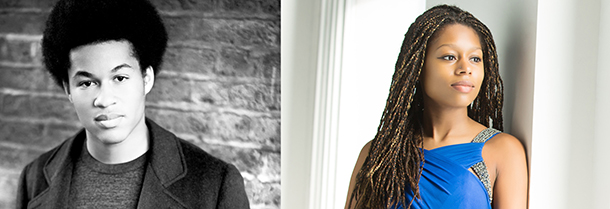Tag: Samuel Barber
-

PROGRAM NOTES: SHEKU AND ISATA KANNEH-MASON
Ludwig van Beethoven 12 Variations on “Ein Mädchen oder Weibchen” from The Magic Flute Op. 66 Beethoven’s set of variations on a theme from Mozart’s Magic Flute features twelve sharply chiselled operatic duets between piano and cello, widely differentiated in character like the comic personalities in the Singspiel from which the theme is derived. Audiences…
-

PROGRAM NOTES: JULIA BULLOCK & JOHN ARIDA
FRANZ SCHUBERT (1797–1828) Four Lieder About the Composer Franz Schubert established the German lied as an important art form and then set a standard of excellence that no one since has quite matched. Schubert created more than 600 songs in a prodigious outpouring that sometimes saw him composing five songs in a single day. However,…
-

PROGRAM NOTES: INON BARNATAN
George Frederick Handel Chaconne in G Major While Handel is principally remembered as a composer of operas and oratorios, it was well known to his contemporaries that he possessed major moxy as a keyboard performer, as well. In witness thereof, history records a famous keyboard duel in 1708 between Handel and Domenico Scarlatti, hosted in…

